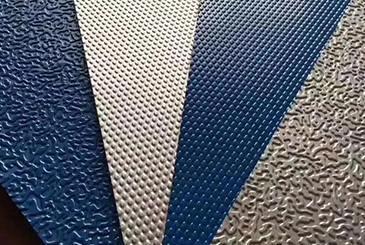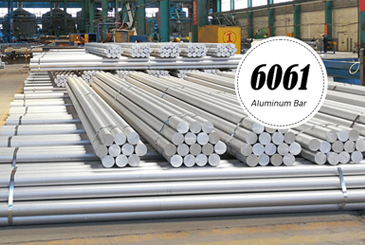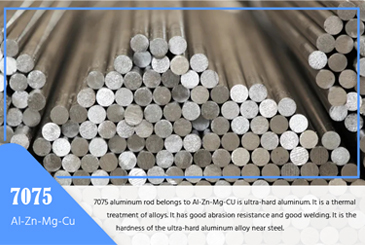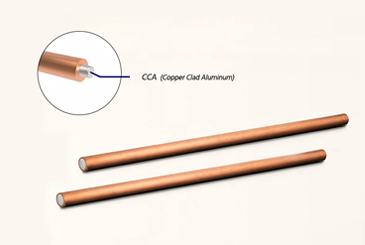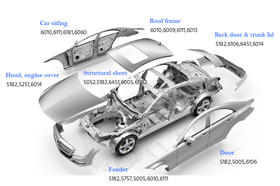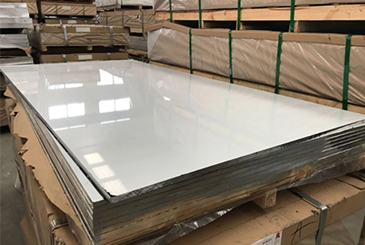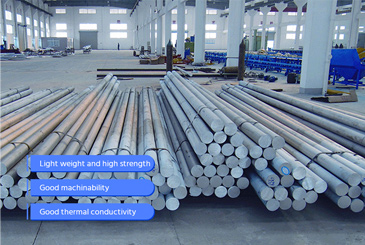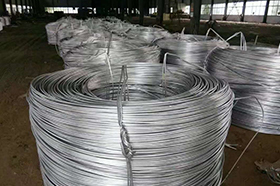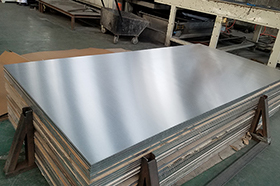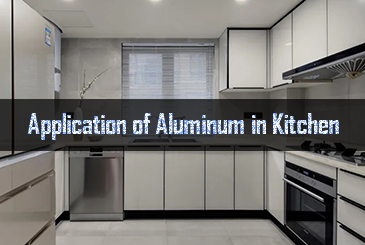"Forged Ring" and "Seamless Rolled Ring", as two mainstream product forms of forged rings, are often considered simultaneously in structural design and process selection. Although they are similar in form and widely used in key structural parts such as connection, bearing, sealing and rotation, they have essential differences in manufacturing methods, metal streamline control, performance and applicable scenarios.
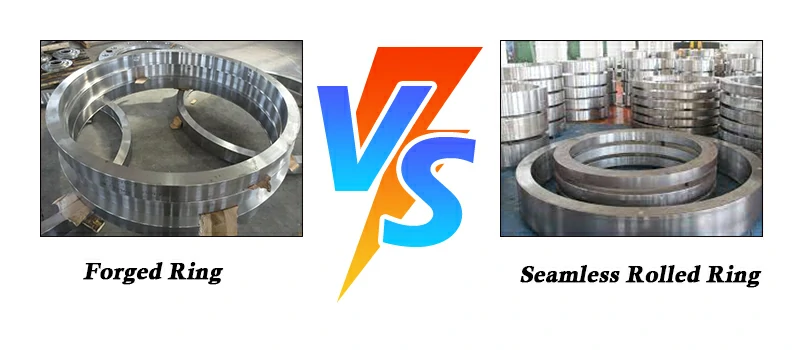
Choosing the right ring form means getting better structural strength, service life, dimensional consistency and cost control in the project. This article will comprehensively compare the similarities and differences between forged rings and seamless rolled rings from multiple dimensions such as process principles, structural characteristics, and application directions, and combined with Chalco's rich product supply capabilities, to help you make a more informed selection decision.
Concept analysis: what is forged ring and seamless rolled ring?
Forged Ring refers to an annular metal component made by forging process, which can be formed by free forging, die forging or ring rolling. It is a broad process term, emphasizing the "forging" process itself. The produced ring can be solid, hollow, with flange or special-shaped structure, with a wide range of sizes and strong adaptability.
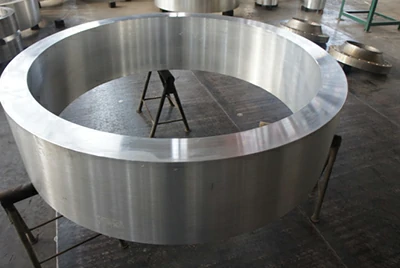
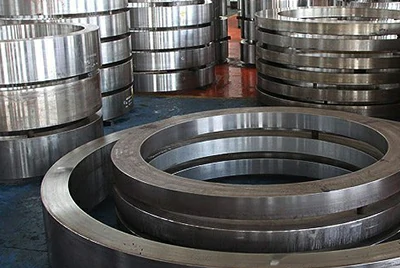
A specific form of forged Ring, which refers to a seamless ring that is first punched into a blank by free forging and then radially expanded by a ring rolling machine. It has a continuous structure, complete metal streamlines, and excellent dimensional consistency. It performs particularly well under high strength, large diameter, high frequency load...
Put it simply:
All seamless rolled rings are forged rings, but not all forged rings are seamless rolled rings.
Manufacturing process comparison: open forging vs ring rolling
Although forged rings and seamless rolled rings are both forged structural parts, there are obvious differences in their forming methods, which directly affect their geometric dimensions, structural density and performance.
Open die forging
Free forging is one of the most traditional forging processes, suitable for a wide range of metal components in various shapes and sizes, including ring parts. This process usually uses a hydraulic press to repeatedly press the metal blank, and gradually forms it through steps such as punching, upsetting, and expanding.
Process flow diagram: heating → upsetting → punching → hole expansion/edge pressing → initial ring forming → post-processing
Technical features:
- Strong flexibility, suitable for complex shapes and small batches of non-standard parts
- Wide process window, suitable for a variety of alloy materials (aluminum, titanium, steel, etc.)
- High operator experience required
- Relatively low dimensional consistency and material utilization
Ring rolling / rolled ring forging
Ring rolling is an efficient forging process specially used to manufacture seamless rings. The principle is that after a circular blank is forged and punched, it is squeezed by inner and outer rollers to make the ring thinner in the radial direction and expand in the circumferential direction, forming a seamless structure with stable dimensions and uniform structure.
Process flow diagram: heating → free forging preformed blank → punching → ring rolling mill → radial rolling forming → heat treatment/post-processing
Technical features:
- High dimensional control accuracy and excellent consistency
- The metal streamline is continuous and the internal structure is dense.
- High material utilization, suitable for large-size and heavy-duty structural parts
- Suitable for medium and large-scale mass production projects with ring rolling equipment base
| Comparison Dimensions | Open Die Forging | Ring Rolling |
| Dimensional consistency | ★★★☆☆ Slightly affected by operating experience | ★★★★★ Automatic control is stable and consistent |
| Structural density | ★★★☆☆ The standard can be met, but the local stress is uneven | ★★★★★ Continuous streamlines and uniform stress |
| Material utilization | ★★☆☆☆ Relatively more material waste | ★★★★☆ Good cross-section control, less loss |
| Applicable size range | ★★★★☆ Flexible adaptation to multiple sizes | ★★★★☆ Medium to large diameter, high specific strength structure is better |
| Structural complexity | ★★★★★ Can meet the needs of special-shaped, flanged and thick-walled parts | ★★☆☆☆ Applicable to conventional symmetrical rings |
| Process efficiency | ★★☆☆☆ Multi-pass forming, medium efficiency | ★★★★☆ One-step ring rolling, high efficiency |
| Equipment Requirements | ★★☆☆☆ Traditional hydraulic forging equipment | ★★★★★ Professional CNC ring rolling equipment |
Analysis of structure and performance differences
Although forged rings and seamless rolled rings are both forgings, they show obvious differences in metal streamline structure, stress distribution, fatigue life and subsequent assembly matching due to different forming paths.
Metal flow lines and tissue density
Free forging ring has relatively low controllability of streamline direction, with possible directional deviations or local stress concentration points, and its density depends on forging experience and subsequent heat treatment.
Ring rolling forging ring achieves a more uniform structure and higher reliability through radial and axial synchronous deformation that distributes metal streamlines continuously along the circumference; such ring rolled parts can better maintain structural stability and resist fracture under long-term alternating loads.
Mechanical properties and service life
Seamless rolled ring usually exhibits higher fatigue life and fracture resistance under the same material and heat treatment conditions, making it especially suitable for dynamic load or high-speed rotating systems.
Free forging ring is stable and suitable for thick-walled parts or large-sized special-shaped structures, but it requires higher precision in heat treatment and post-processing.
Dimensional accuracy and fit consistency
Free forgings are greatly affected by operational factors, have slightly poorer dimensional consistency and roundness, and usually require additional pre-processing.
Ring rolled forgings have a small dimensional fluctuation range and are suitable for direct use in systems requiring high assembly precision, such as wind turbine main shaft connection flanges and aviation sealing rings.
Stress distribution and deformation control
Free forging tends to produce uneven residual stress and incomplete annealing after forging, which may lead to deformation during subsequent machining or service.
Ring rolling achieves better dimensional stability, as its continuous rolling process helps release internal residual stress more effectively.
*Shopping tips*: If the project has higher requirements for structural density, fatigue life, and dimensional consistency, Seamless Rolled Ring has more advantages; if the project emphasizes structural flexibility, special-shaped customization, and strength balance, free forging is more suitable.
Instant QuoteApplication scenario comparison: Forged rings vs Seamless rolled rings, who are they suitable for?
Forged rings are widely used in wind power, aviation, military industry, rail transit, chemical industry, equipment manufacturing and other industries. Different projects have different requirements for dimensional accuracy, strength consistency, sealing performance and batch control. The following are recommended matching suggestions for several typical application environments:
Wind power equipment & energy heavy industry
Recommended: Seamless Rolled Ring
Typical components: spindle connection flange, load-bearing support ring
These components require large diameters, high fatigue life, and structural symmetry. Seamless rolled rings offer excellent dimensional consistency, a complete metal streamline, and strong crack resistance, making them ideal for long-term high-load applications.
Aerospace & space launch structures
Recommended: Seamless Rolled Ring (or die forged ring)
Typical components: engine hoisting ring, weight-reducing sealing connection ring
To meet demands for lightweight, high stability, and assembly precision, ring-rolled parts provide a dense structure and good deformation control, ensuring reliability in systems with high safety factors.
Military structures & special machinery
Recommended: Open Forging Ring
Typical components: titanium alloy support rings, heavy machinery interface rings
Designed for variable structures, complex materials, and high-intensity custom requirements, free forging offers strong process adaptability, supports special-shaped or thick-wall designs, and allows easy control over heat treatment.
Rail transit & heavy equipment
Recommended: Open forging or ring rolling (depending on size and batch)
Typical components: bogie ring, brake bearing ring, bearing seat sealing flange
For non-standard components, free forging is preferred, while symmetrical or repetitive parts benefit from ring rolling, both processes aligning with the mechanical and structural demands of rail and heavy equipment applications.
Chemical system & pressure vessel connection
Recommended: Open Forging Ring
Typical components: corrosion-resistant flange rings, high-pressure connecting rings
Forging processes must accommodate stainless steel, alloy steel, and corrosion-resistant titanium alloys, while also enabling pre-processing of flange grooves or welding interfaces for efficient system integration.
Shopping tips
| Industry/Scenario | Recommended process type |
| Wind power, aviation, aerospace | Seamless Ring Rolled Ring |
| Military industry, special equipment | Forged Ring |
| Chemical industry, pressure vessel system | Free forging, support flange customization |
| Heavy equipment, large-volume general structures | Both are optional , depending on the drawing paper requirements |
Related product recommendations | Chalco forging product types
In the forging field, Chalco not only focuses on the manufacture of standard forged rings and seamless rolled rings, but also provides customized forgings of various structural types, covering aluminum alloy, titanium alloy, carbon steel, alloy steel and other materials to meet the diversified needs of customers under different assembly structures and special working conditions.
The following are the types of forging products we routinely supply (customization is supported):
Forged ring products
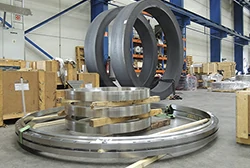
The maximum outer diameter supports up to 2500mm, serving the wind power and equipment industries.
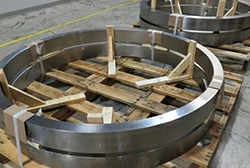
Seamless Ring Rolling Forging Ring
Ring rolling with complete metal flow line and stable performance.
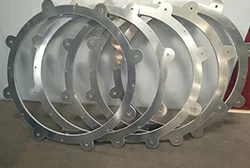
With a flange structure, often used for sealing connections or bolt systems.
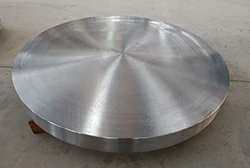
Compact structure, suitable for pressure-bearing and rotating parts.
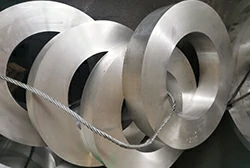
Hollow Forging Ring
Lightweight structure, ideal for high-speed or fluid channel systems.
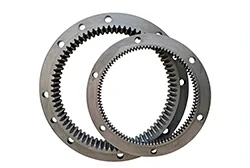
Gear Ring / Locating Ring
Suitable for power systems, rotary devices, and precision connection parts.
Extended forging products
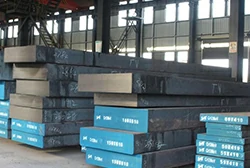
Used for structural parts processing, mold base, and heavy-load support parts.
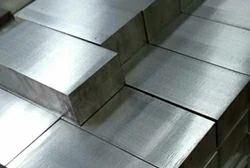
Solid forging blocks suitable for machining and structural blanks.
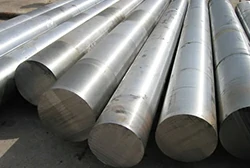
Includes round rods, hexagonal rods, rectangular rods, and special-shaped rods, with multiple materials available.
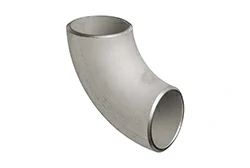
Forged tubes and fittings with high strength and corrosion resistance, ideal for pressure systems.
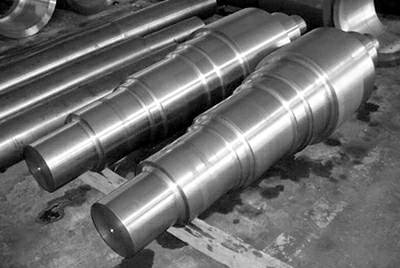
High-strength forged shafts with excellent fatigue resistance, ideal for power transmission and heavy-duty applications.
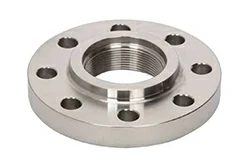
Flanges for high-strength sealing connections, supporting a variety of structural standards.
Summary: Forged ring or seamless ring rolled ring, how to choose?
Although Forged Ring and Seamless Rolled Ring are both forged structural parts, they have their own advantages in forming method, performance, size control and applicable scenarios:
- If the project requires structural complexity, material diversity, and small batch customization, free forging is more flexible.
- If the project pursues dimensional consistency, fatigue life, high sealing reliability and batch efficiency, seamless ring rolling has more advantages
In short: the more complex the shape and the smaller the batch size → more suitable for free forging; the larger the size and the higher the precision requirement → more suitable for ring rolling
| Application Scenario | Optimized process |
| Special-shaped structures, flange connections, thick-walled parts | Free Forged Ring |
| Wind power, aviation, high-precision symmetrical parts | Seamless Rolled Ring |
Submit your drawings and we will provide you with selection suggestions and quotation evaluation
Chalco has long provided forging solutions for industries such as wind power, aviation, rail transit, and military industry. We have:
- Various forging processes (free forging, die forging, ring rolling)
- Complete reserve of aluminum, titanium and steel alloy materials
- One-stop processing service: forging + heat treatment + rough machining + testing
- Rapid response technology selection and proofing capabilities
If you have any questions about ring structure design, material selection or process path, please submit drawings or technical parameters. We will provide you with professional selection suggestions and quotation services.
[Click to view forged ring product overview]
[Contact engineering now for an estimate]
Instant QuoteChalco can provide you the most comprehensive inventory of aluminum products and can also supply you customized products. Precise quotation will be provided within 24 hours.
Get a quote


